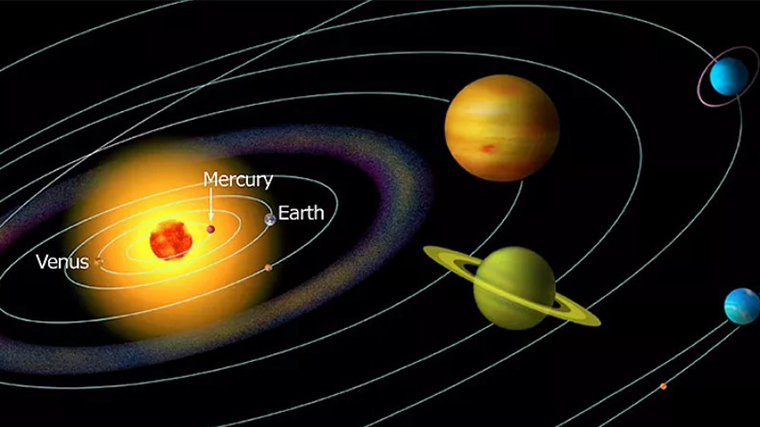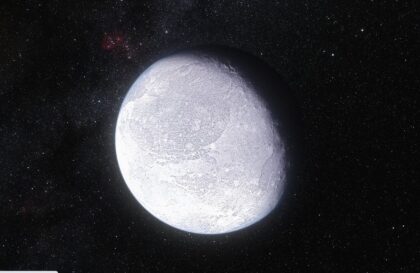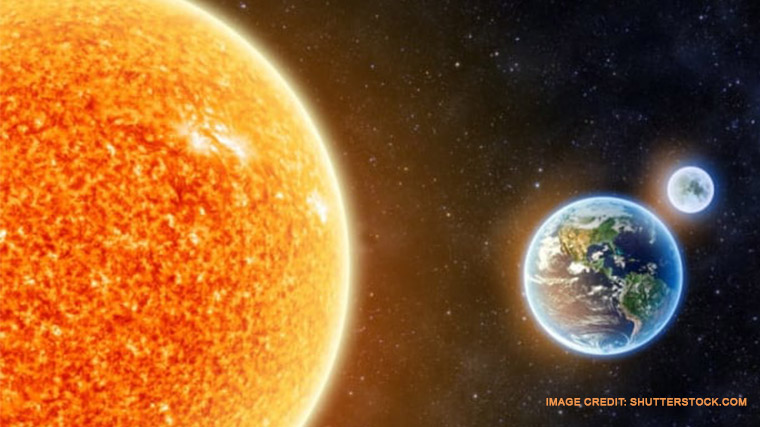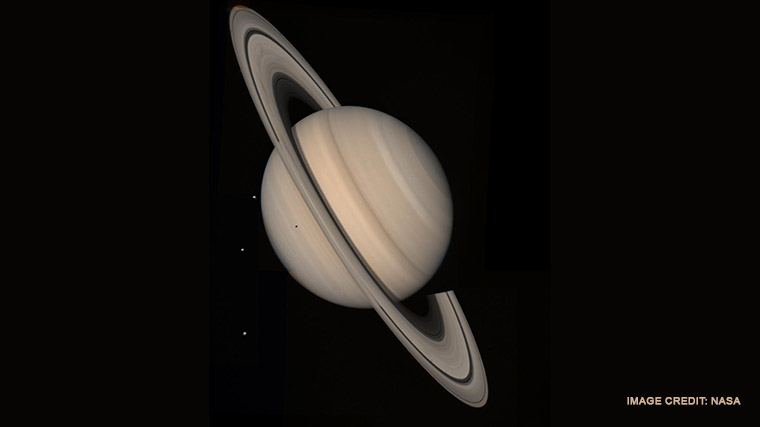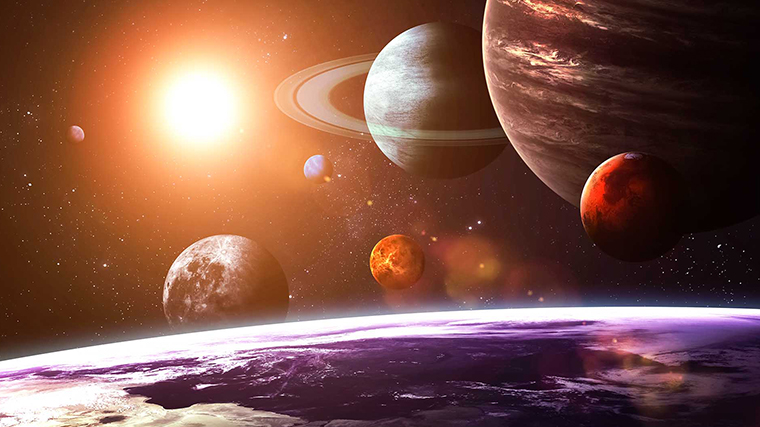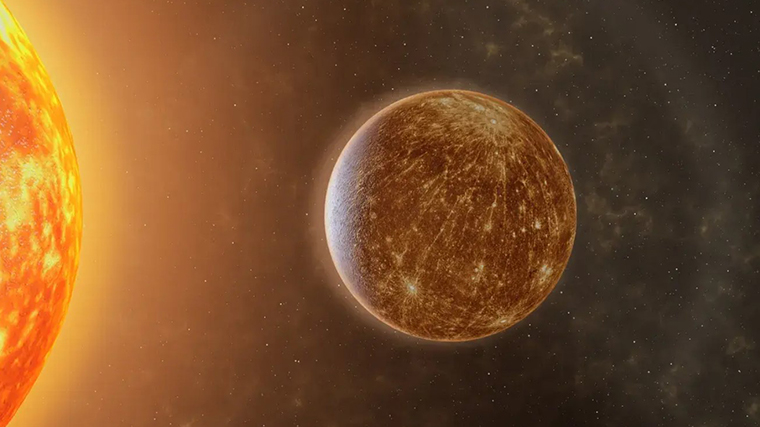Objects in space have been repeatedly reclassified. Pluto has been removed from the list of planets. In ancient times, the Sun and Moon were also considered planets. There is a planet that, as it turned out, did not even exist. This is Vulcan.
The history of Vulcan begins with Le Verrier. He recalculated Laplace’s model of the solar system. The biggest mistake in which was the passage of Mercury in its orbit with a delay of 16 seconds. Something was deflecting Mercury. Something influenced Mercury, except for the known planets. Orbital radius of this something = 0.1 AU It must be somewhere between Mercury and the Sun. (Though, as the Phaethon/asteroid belt example shows, only vulcanoids could very well be in this orbit.)
The same hitch happened with Uranus. Something was turning him away. Le Verrier pointed to a place in the sky where to look for the eighth planet. And literally the next day, Neptune was found there.
This inspired searchers to look for a planet between Mercury and the Sun.
But the model continued to limp. Mercury was still deviating from its calculated orbit.
The error remained. Newtonian mechanics didn’t work. The question of a planet or a group of planets within the orbit of Mercury was more acute than ever.
And so an amateur astronomer in 1846 fixes the planet. They call her Vulcan. Then reports of a new planet rained down, as if from a cornucopia. The volcano was even included in the textbooks of the time.
But it doesn’t exist. They were sunspots or malfunctioning telescopes.
The model of the solar system did not work well according to Newtonian laws. Einstein fixed this by creating the theory of relativity and describing gravity.
The deviation of Mercury is explained by its precession under the influence of the gravity of the planets, primarily Venus, as the closest, and Jupiter, as the largest.
Image credit:
https://www.space.coml
https://www.iflscience.com
